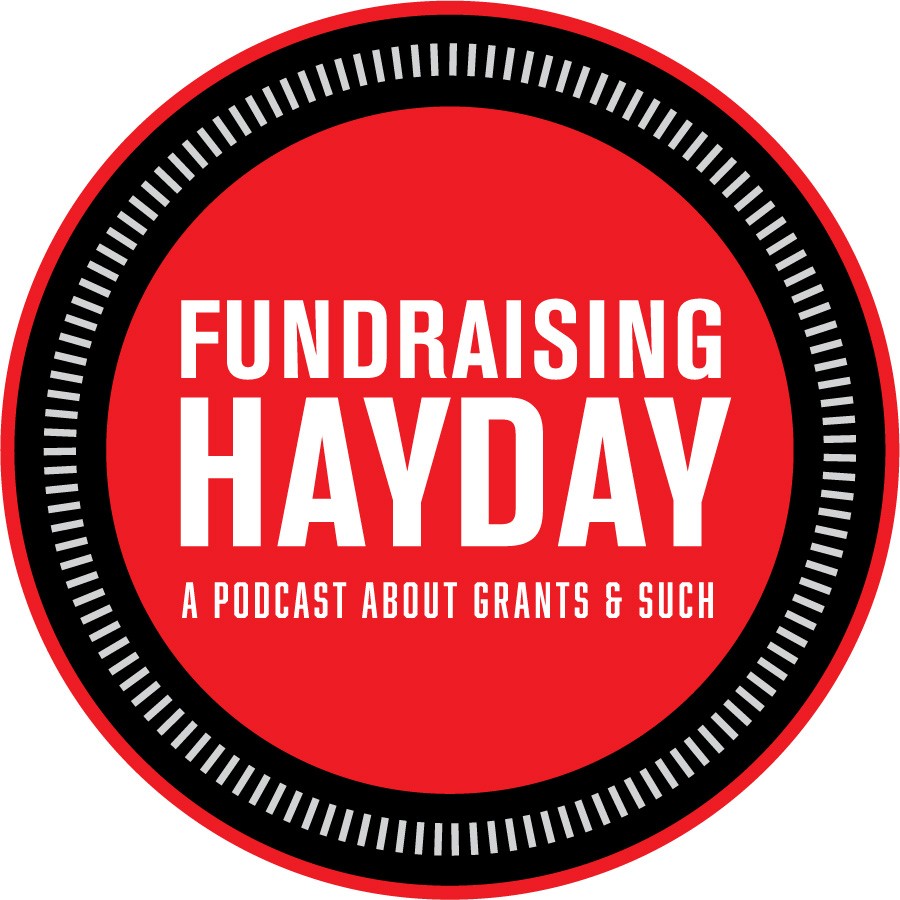HayDay Services is bringing you a series of “how-to” articles related to successful grant development.
Part 4: Budgets
When I first started writing grants, budgets were the last thing I wanted to deal with. My focus was on using words to convey needs and telling compelling stories. I’m sorry to say that I first treated budgets as an afterthought. It didn’t take too long before I realized that creating a solid budget is crucial for success in grant writing.
A well-crafted budget demonstrates financial responsibility and clearly shows how your organization plans to use the funds. Here are the key factors to consider when creating budgets for grant proposals.
1. Get Your (Documentation) Act Together
Before diving into your grant proposal budget, gather as many of the following documents/information as possible:
- Organizational budget (annual) – This should be a single page that includes a “big picture” overview of the major expense categories, including salaries, equipment, travel, marketing, supplies, etc., and revenue categories such as federal grants, foundation/corporate grants, memberships, individual donors, fundraising events, etc.
- Audited or Year-End Financials (for nonprofit organizations) – These are commonly requested grant attachments and provide valuable overviews of your organization’s overall expenses and revenue.
- Overall program budget for the specific program/project for which you’re seeking grant funding – This information may not yet be compiled in smaller and newer organizations or for a brand-new program. Creating the budget will be part of the grant development process in that case. If that’s the case, I recommend using the budget form often provided in the grant application as a starting point.
- Estimates for equipment, supplies, construction, etc. – If these items will be part of the grant request you need to know the cost. Getting current estimates for major purchases is critical to developing accurate grant budgets.
2. Don’t Forget In-Kind Contributions
In-kind contributions can be valuable additions to your budget. Common examples include:
- Volunteer time
- Donated goods or services
- Use of facilities or equipment
Be sure to determine the value and document these contributions in your budget accurately. The Independent Sector is a trustworthy source of the monetary value of volunteer time.
According to Generally Accepted Accounting Principles (GAAP), all contributions, including in-kind donations, should be recorded as revenue when received. In-kind contributions should be recognized at their fair value when they are received. The valuation of the donation varies depending on its type.
The Financial Accounting Standards Board (FASB) defines fair value as the price that would be received for selling an asset or paid to transfer a liability in a standard transaction between market participants on the date of measurement.
3. Avoid Common Budget Mistakes
After seven years of grant consulting with nonprofits and training thousands of people in grant writing and management basics, I can see patterns in budget development issues. To create a strong budget, steer clear of these common pitfalls:
- Confusing your organization budget with the project budget – Unless you’re writing a grant for general operating support, you must provide a budget solely for the program / project for which you seek grant funding.
- Omitting necessary costs – Work through all program costs, including travel, training, and all staff costs, even if salaries are not covered by the grant you’re writing. Capturing the complete costs of the program will give funding agencies a clearer picture of what percentage their grant would fund. Many private / corporate foundations don’t want to award a grant if it solely supports a nonprofit’s program.
- Including match funding that isn’t secured– State and Federal grant applications often require the applicant agency to have on hand a percentage of the total project / program cost that doesn’t come from other Federal funds. Ignoring this requirement could result in returning awarded grant funds.
- Creating a budget that doesn’t align with the program description – This mistake occurs most frequently when two different people or departments develop the narrative and the budget, respectively, or when there are last-minute budget changes that aren’t reflected in the narrative.
By focusing on these critical factors, you’ll create a comprehensive, accurate, and compelling budget for your grant proposal. A well-crafted budget is not just about numbers – it’s another crucial way to tell the story of the community you serve and how you will work together to achieve positive outcomes.
Kimberly Hays de Muga, GPC, is an expert trainer and coach in nonprofit capacity building, grant writing, fundraising, and board development. She brings more than 25 years of fundraising experience that includes raising $100 million from individuals, foundations, corporations, and local, state, and federal funding for nonprofit agencies in the education, health, and human service sectors—from food banks to pediatric hospitals, to state-wide mental health coalitions.
Latest posts by Kimberly Hays de Muga
(see all)




